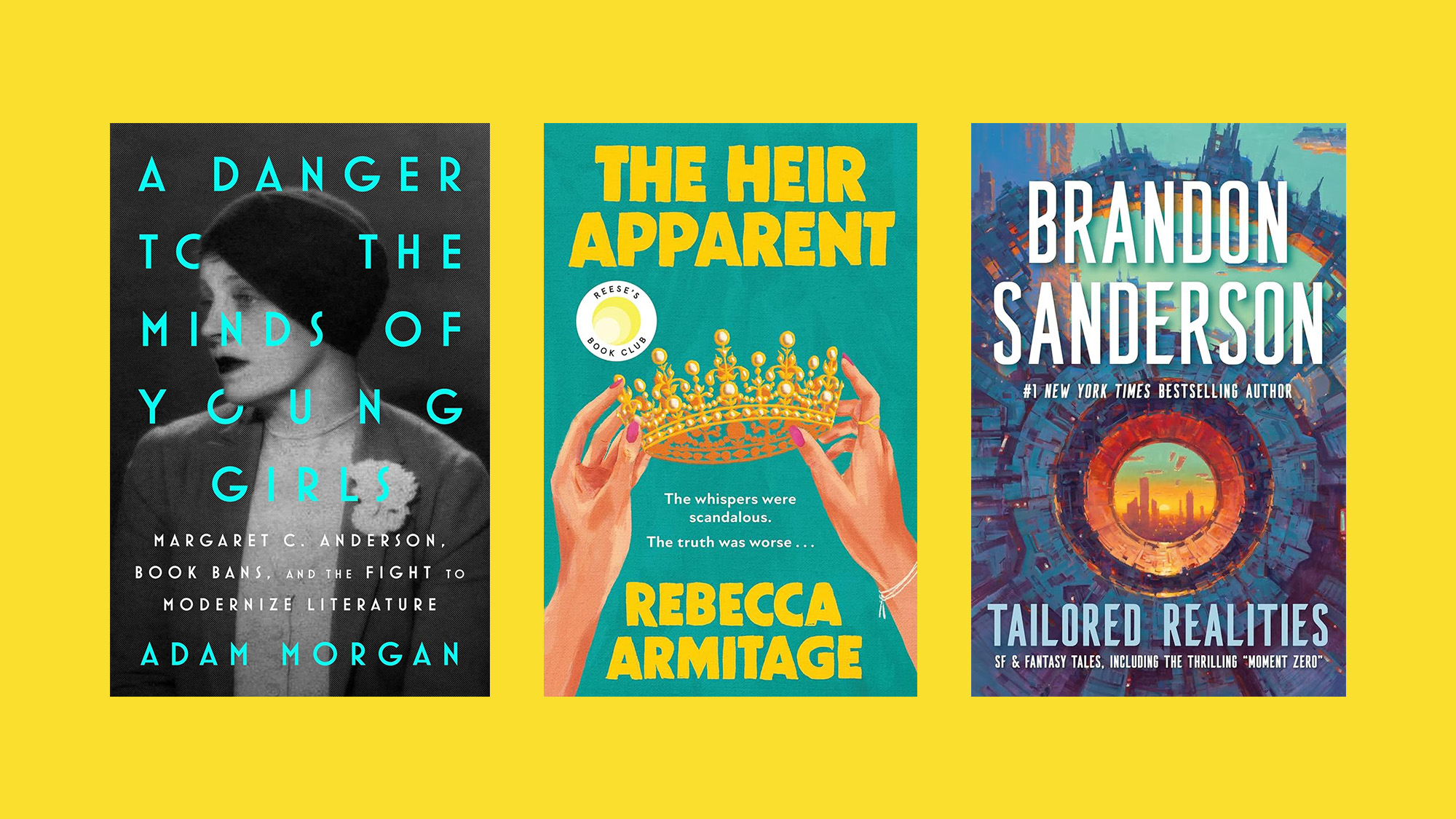Review of reviews: Art
Sam Taylor-Wood: 1995–2007
Sam Taylor-Wood: 1995–2007
Cleveland Museum of Contemporary Art, Cleveland
Through May 11
The Week
Escape your echo chamber. Get the facts behind the news, plus analysis from multiple perspectives.

Sign up for The Week's Free Newsletters
From our morning news briefing to a weekly Good News Newsletter, get the best of The Week delivered directly to your inbox.
From our morning news briefing to a weekly Good News Newsletter, get the best of The Week delivered directly to your inbox.
Sam Taylor-Wood creates up-to-the-minute photography with old-fashioned themes, said Steven Litt in the Cleveland Plain Dealer. For a portrait series called Crying Men, “Taylor-Wood invited famous contemporary male actors to sit for portrait photographers.” Then she asked them to cry on the spot. Ed Harris broke down immediately. Forest Whitaker, Daniel Craig, and Benicio Del Toro took a bit more coaxing. The preoccupation with star power may smack of pop art. But “Taylor-Wood’s work is packed with references to the old masters and early modernists.” The photographs fulfill the traditional role of portraits: coaxing “some very powerful men” to reveal surprising facets of their personalities. Another series that reflects Taylor-Wood’s interest in “depicting psychological states” is Bram Stoker’s Chair. In several photographs, “a beautiful young woman, dressed only in cream-colored panties and a dove-gray tank top, floats in midair, seemingly suspended in a gravity-defying trance.” These mysterious images turn out to be self-portraits: The woman is Taylor-Wood, who photographed herself suspended by wires, then digitally removed the wires.
The high-tech wizardry produced “haunting, balletic images, with her shadows dancing on the wall behind her,” said Zachary Lewis in the Cleveland Scene. Like all the best works in this “profoundly affecting exhibition,” these gravity-defying self-portraits distort reality to suggest a world in which the mundane is constantly on the verge of transformation into the sublime. “Nothing conveys flux more neatly” than Taylor-Woods’ video Still Life, which uses time-lapse photography to show a bowl of nectarines rapidly molding, rotting, and falling apart. The chilling video is meant as a meditation on mortality. But once you’ve seen the fast-forward decomposition, “all those endless, static paintings of fruit will never look the same again.”
A free daily email with the biggest news stories of the day – and the best features from TheWeek.com
-
 ‘They’re nervous about playing the game’
‘They’re nervous about playing the game’Instant Opinion Opinion, comment and editorials of the day
-
 Will Netanyahu get a pardon?
Will Netanyahu get a pardon?Today's Big Question Opponents say yes, if he steps down
-
 December’s books feature otherworldly tales, a literary icon’s life story and an adult royal romp
December’s books feature otherworldly tales, a literary icon’s life story and an adult royal rompThe Week Recommends This month's new releases include ‘The Heir Apparent’ by Rebecca Armitage and ‘Tailored Realities’ by Brandon Sanderson
-
If/Then
feature Tony-winning Idina Menzel “looks and sounds sensational” in a role tailored to her talents.
-
Rocky
feature It’s a wonder that this Rocky ever reaches the top of the steps.
-
Love and Information
feature Leave it to Caryl Churchill to create a play that “so ingeniously mirrors our age of the splintered attention span.”
-
The Bridges of Madison County
feature Jason Robert Brown’s “richly melodic” score is “one of Broadway’s best in the last decade.”
-
Outside Mullingar
feature John Patrick Shanley’s “charmer of a play” isn’t for cynics.
-
The Night Alive
feature Conor McPherson “has a singular gift for making the ordinary glow with an extra dimension.”
-
No Man’s Land
feature The futility of all conversation has been, paradoxically, the subject of “some of the best dialogue ever written.”
-
The Commons of Pensacola
feature Stage and screen actress Amanda Peet's playwriting debut is a “witty and affecting” domestic drama.